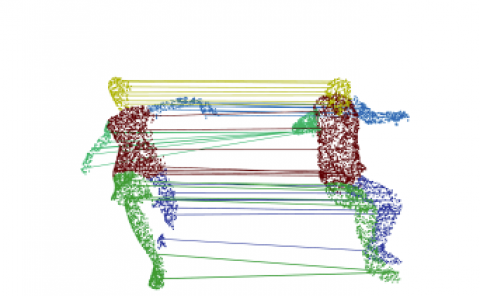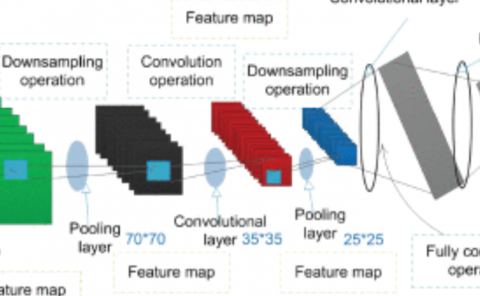Motor adaptation in response to scaling and diminished feedback in virtual reality
PubDate: April 2017
Teams: University of Southern California Institute for Creative Technologies
Writers: David M. Krum; Thai Phan; Sin-Hwa Kang
PDF: Motor adaptation in response to scaling and diminished feedback in virtual reality

Abstract
As interaction techniques involving scaling of motor space in virtual reality are becoming more prevalent, it is important to understand how individuals adapt to such scalings and how they re-adapt back to non-scaled norms. This preliminary work examines how individuals, performing a targeted ball throwing task, adapted to addition and removal of a translational scaling of the ball’s forward flight. This was examined under various conditions: flight of the ball shown with no delay, hidden flight of the ball with no delay, and hidden flight with a 2 second delay. Hiding the ball’s flight, as well as the delay, created disruptions in the ability of the participants to perform the task and adapt to new scaling conditions.



